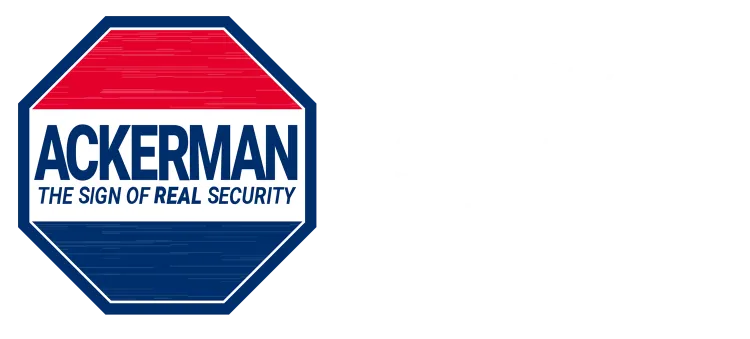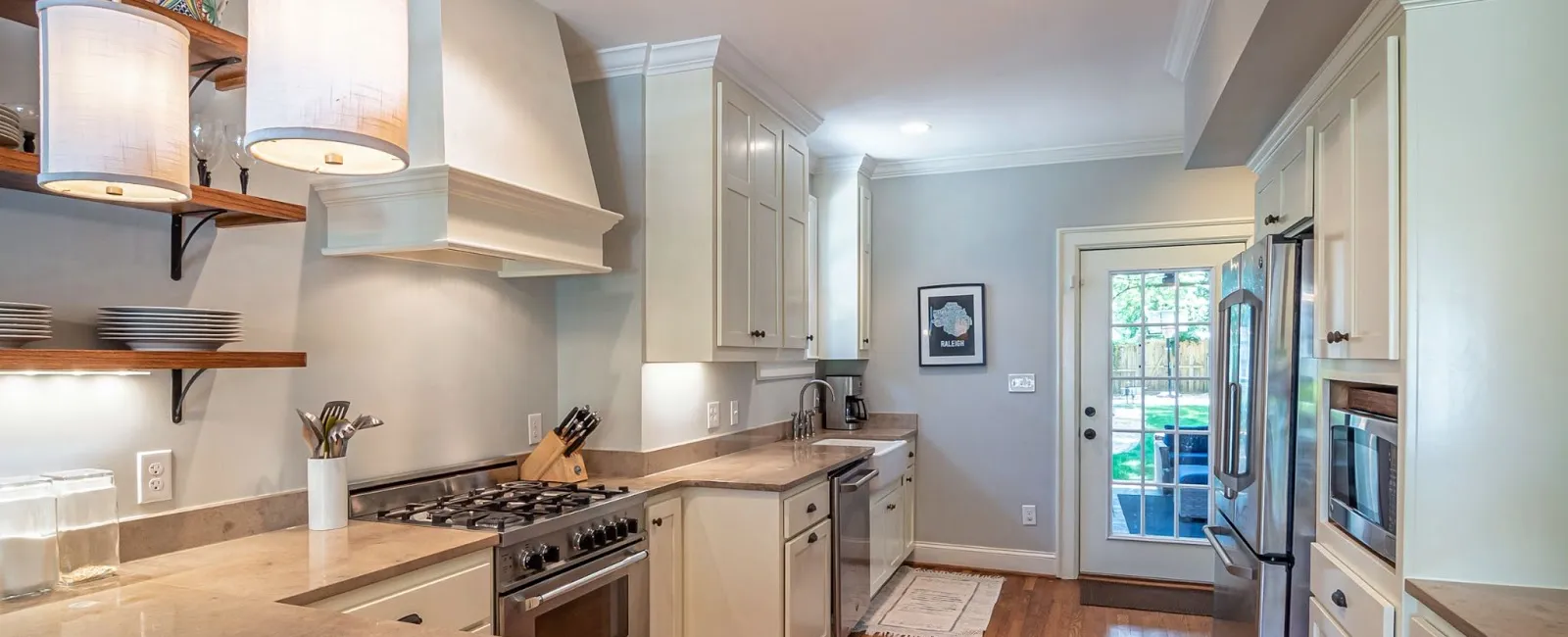To protect your household from accidental carbon monoxide poisoning, it's vital that you install a carbon monoxide detection system in your home. And to ensure that your system can do its job effectively, it's important to install the correct number of detectors. Moreover, that they're placed in the right locations.
So how many carbon monoxide detectors do you need—and where—you might ask? The honest answer is that it depends.
In terms of the amount of CO detectors you need, it comes down to:
- The number of floors and bedrooms in your home
- The number of gas-powered appliances you have
For placement, it's important to consider:
- Ceiling, windows, and doors
- The location of your gas-powered appliances
- The age of any current CO detectors you have
To help you figure out the right number and placement of carbon monoxide detectors for your Atlanta home, we'll go into more detail below.
Want a free quote on a whole-home carbon monoxide detection system? Call Ackerman at 800.552.1111 or schedule online today. We'll make sure your home is protected with expertly placed carbon monoxide detectors.
The number of floors and bedrooms in your home
At a bare minimum, you should place at least one carbon monoxide detector on each floor of your home. For maximum safety though, we recommend placing a CO detector outside each bedroom of your home.
Why outside the bedroom, and not inside? Well, you're most susceptible to ingesting a toxin without noticing any symptoms while you're asleep. But with a detector placed outside your room, it will sound the alarm before you're exposed to any harmful carbon monoxide.
Depending on the layout of your home, especially if you have a smaller space, it's possible that you could get away with having a single CO detector installed within a hallway that each bedroom is located off of. But in general, the larger your space, the more CO detectors you're going to need.
The rule of thumb is: don't skimp. Carbon monoxide is an incredibly dangerous gas that can lead to serious lifelong health risks and even death. If you're not sure what the right amount is for your home, have a security professional like Ackerman come and do an inspection for you. This way you can have complete peace of mind that you and your family are protected.
The number of gas-powered appliances you have
Carbon monoxide is emitted during the burning of gas fuel. For this reason, we recommend a carbon monoxide detector for every gas-powered appliance you have in your home.
Some common fuel-burning appliances include:
- Gas fireplaces (living room, possibly den/study or master bedroom)
- Gas range/oven (kitchen)
- Gas water heater (utility room or closet)
- Gas dryer (laundry room)
- Gas or oil furnace (often in the attic, basement, or garage)
You'll want to make sure that your CO detector is placed as close to the gas appliance as possible, but we'll go into more detail on placement below.
Now that you know how many carbon monoxide detectors you'll need, let's go into where you should place them.
Ceiling, windows, and doors
It's important to place your carbon monoxide detectors close to the ceiling, and away from windows and doors.
Carbon monoxide is a very light gas, which means it travels close to ceiling height. To make sure that your detectors are able to pick up on the presence of CO, it's important that they're installed near the ceilings.
Moreover, it's key to place your detectors away from any windows or doors. Why? Because the presence of fresh air could potentially disperse the carbon monoxide. While that might sound like a good thing, it's not. If you have a CO leak and your detectors aren't able to detect it, you risk long term exposure and dangerous health effects.
The location of your gas-powered appliances
You'll want to place your carbon monoxide detectors around 5-10 feet away from your gas-powered appliances.
Again, carbon monoxide is emitted during the burning of gas fuel. It's usually only a small amount, and your gas appliances should have proper ventilation in place to let it escape outside.
However, in the event of a carbon monoxide leak, you'll want to get notified immediately. Carbon monoxide is called "the silent killer" because it's odorless and invisible, which means you aren't likely to detect it on your own. By placing a CO detector 5-10 feet away from your appliance, you'll know for sure that there's a leak, because enough gas has traveled the distance, and at unsafe levels.
The age of any current CO detectors you have
Carbon monoxide detectors should be replaced every 5 to 7 years.
If yours are older than that (or you're not sure how old they are), it's critical that you replace them immediately, because they may no longer be effective.
As they say, better safe than sorry, and peace of mind is priceless.
Want a carbon monoxide detection system installed by Atlanta's best?
At Ackerman Security, our experts provide the latest carbon monoxide detection and monitoring systems available. Once installed, you'll receive immediate alerts if our systems detect the presence of unsafe levels of carbon monoxide in your home. For ultimate peace of mind around you and your family's safety, contact Ackerman today. You can call us at 800.552.1111 or get a free quote online today.




